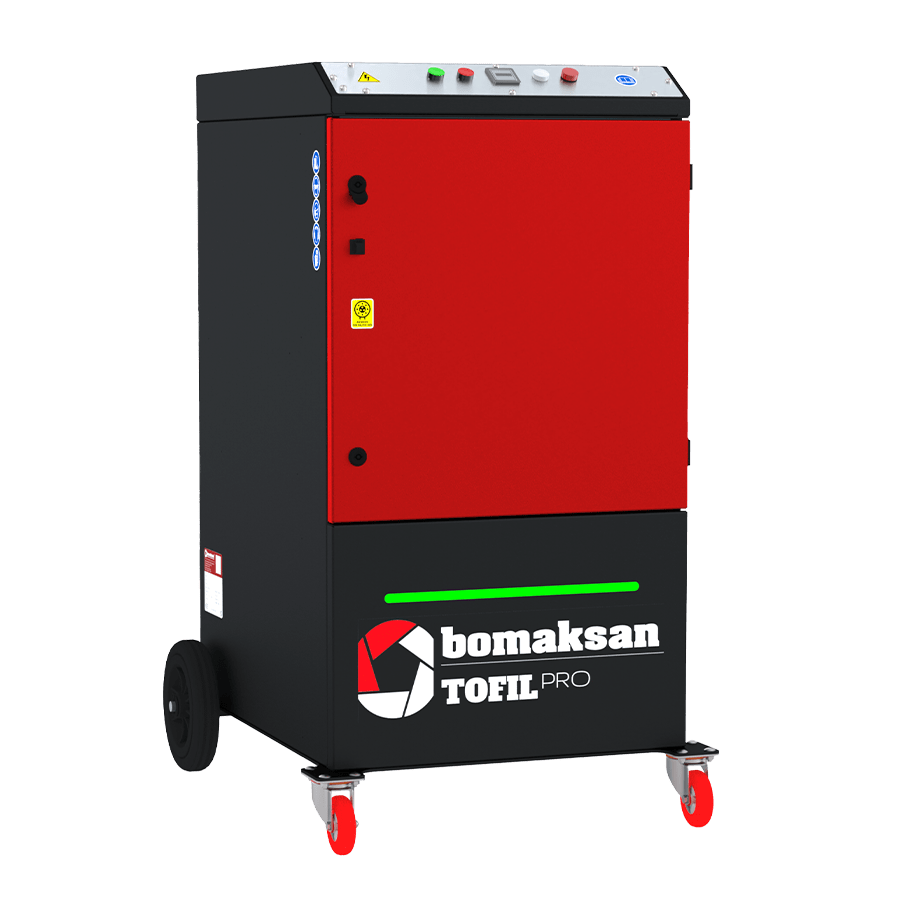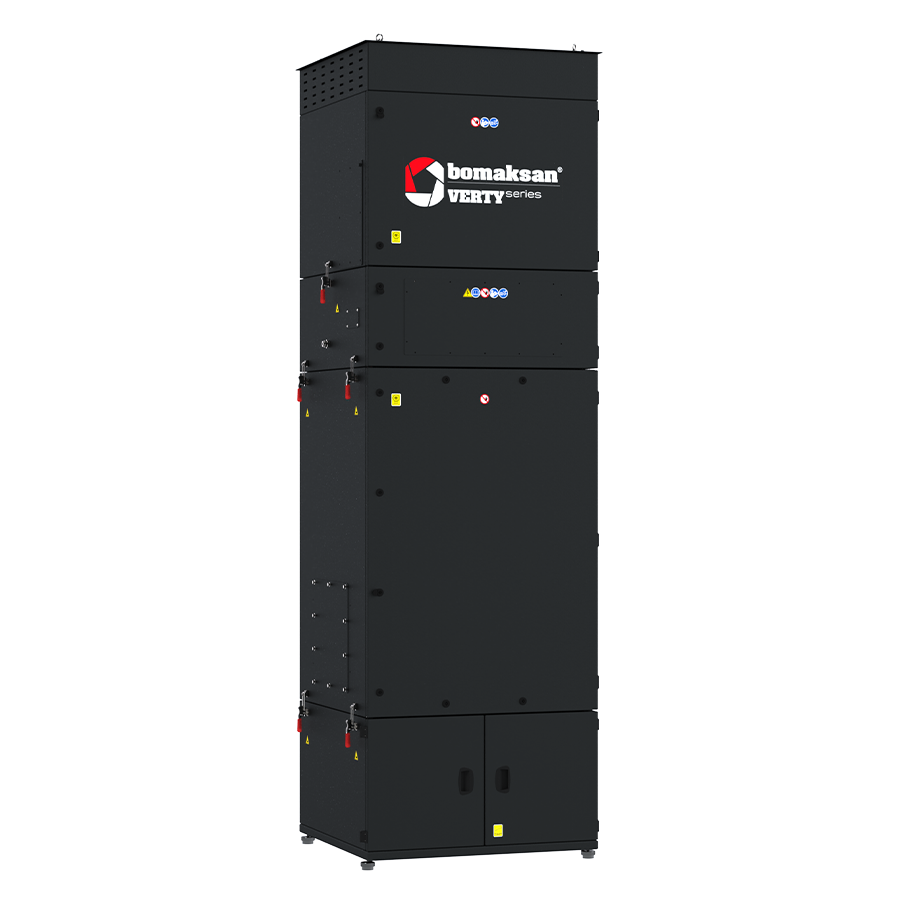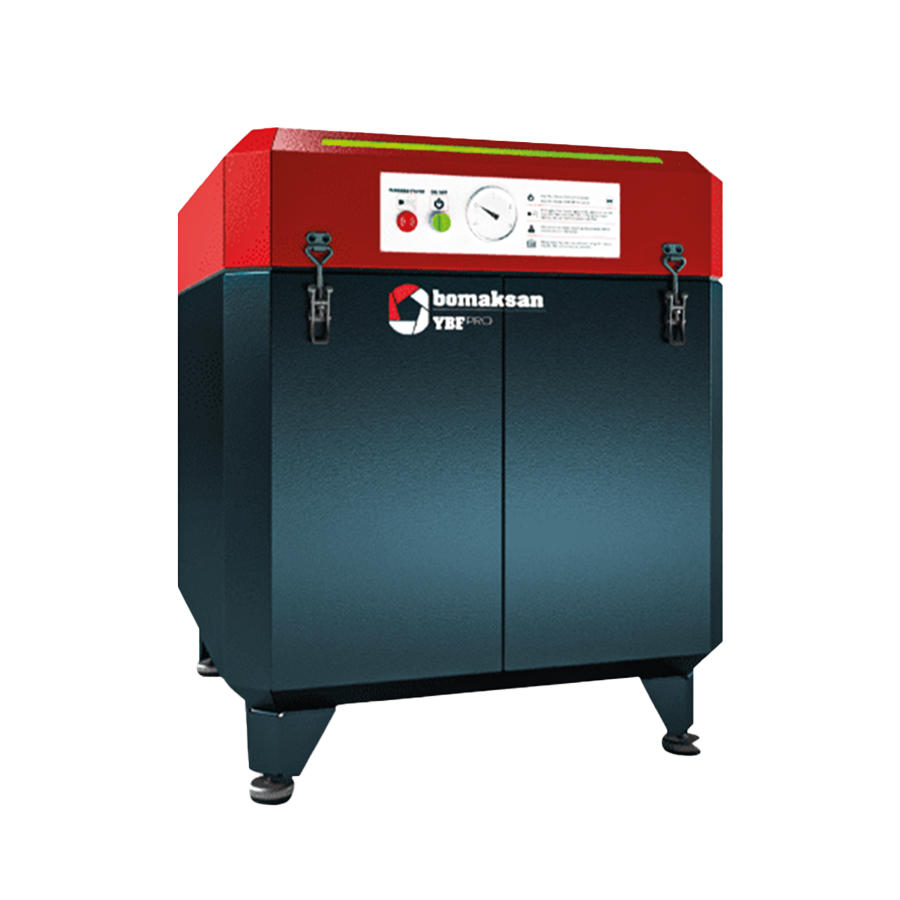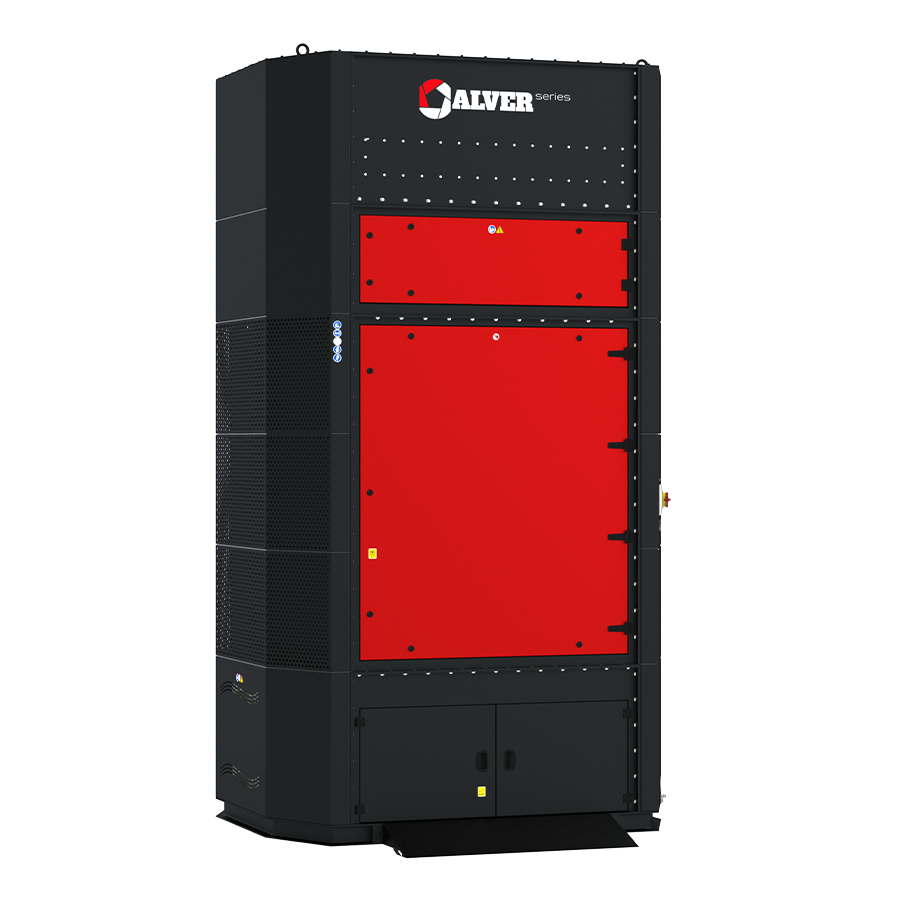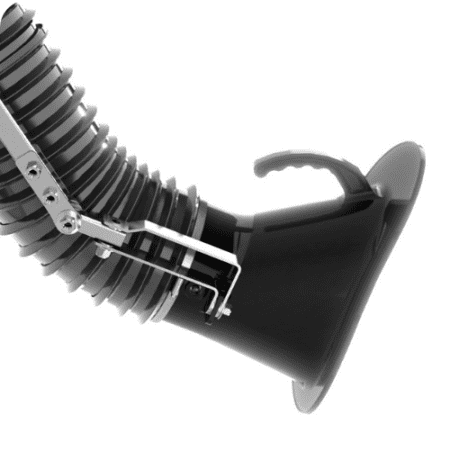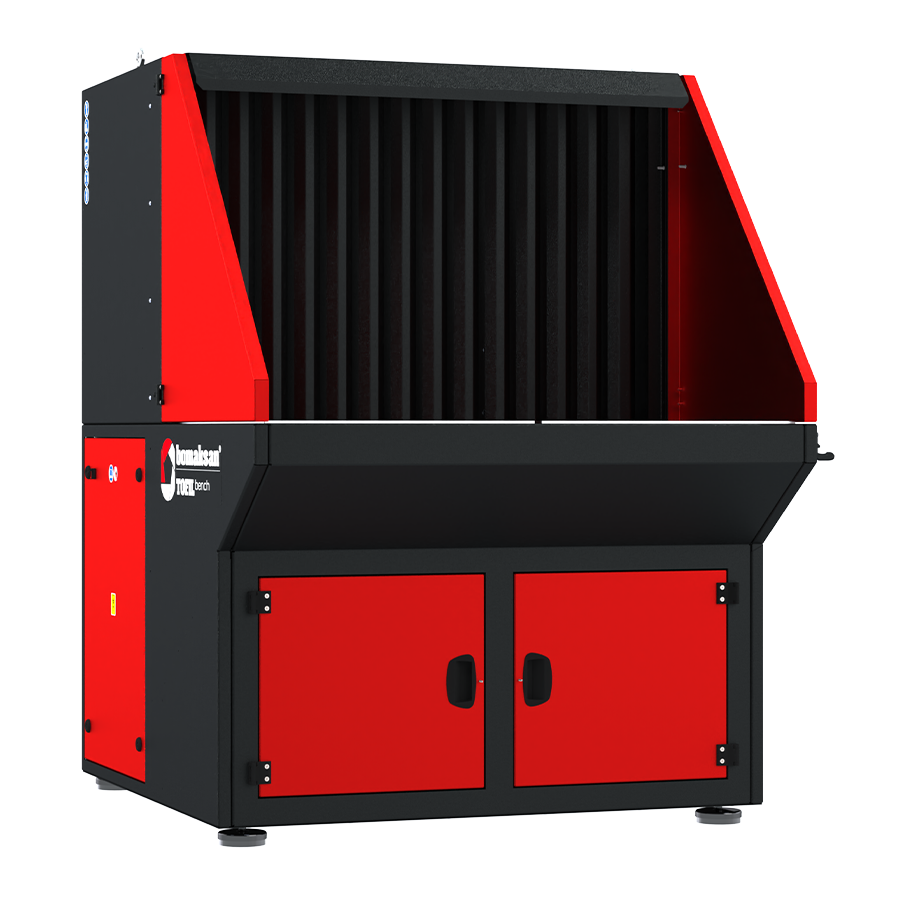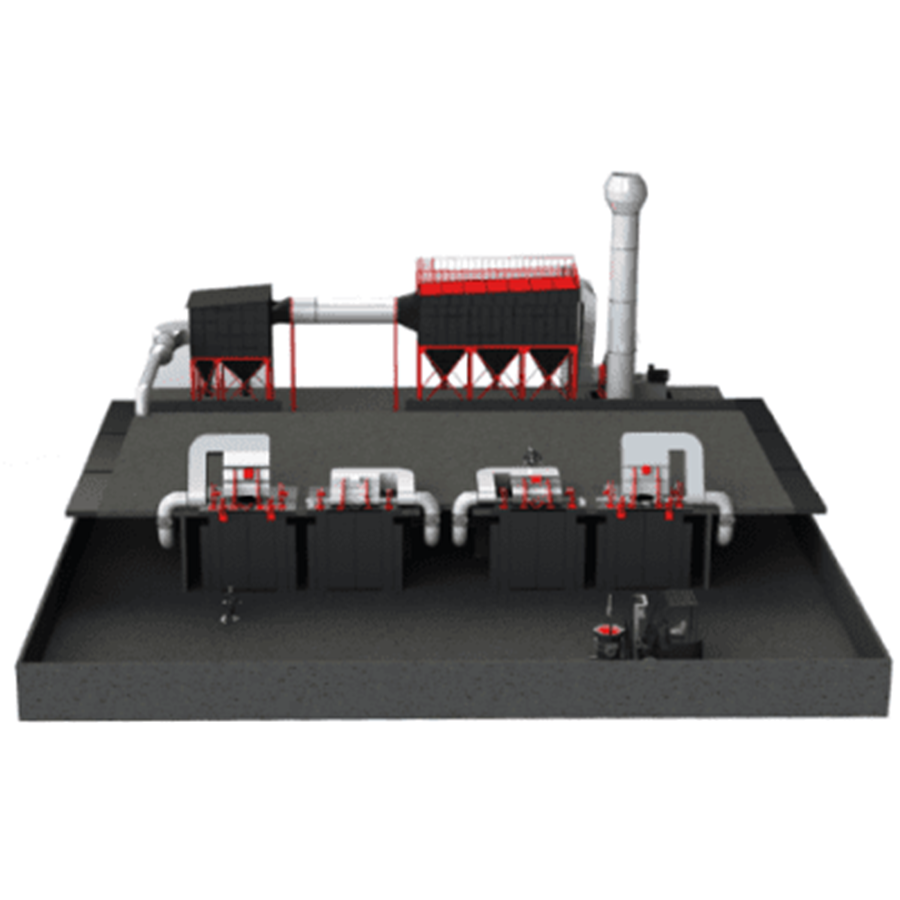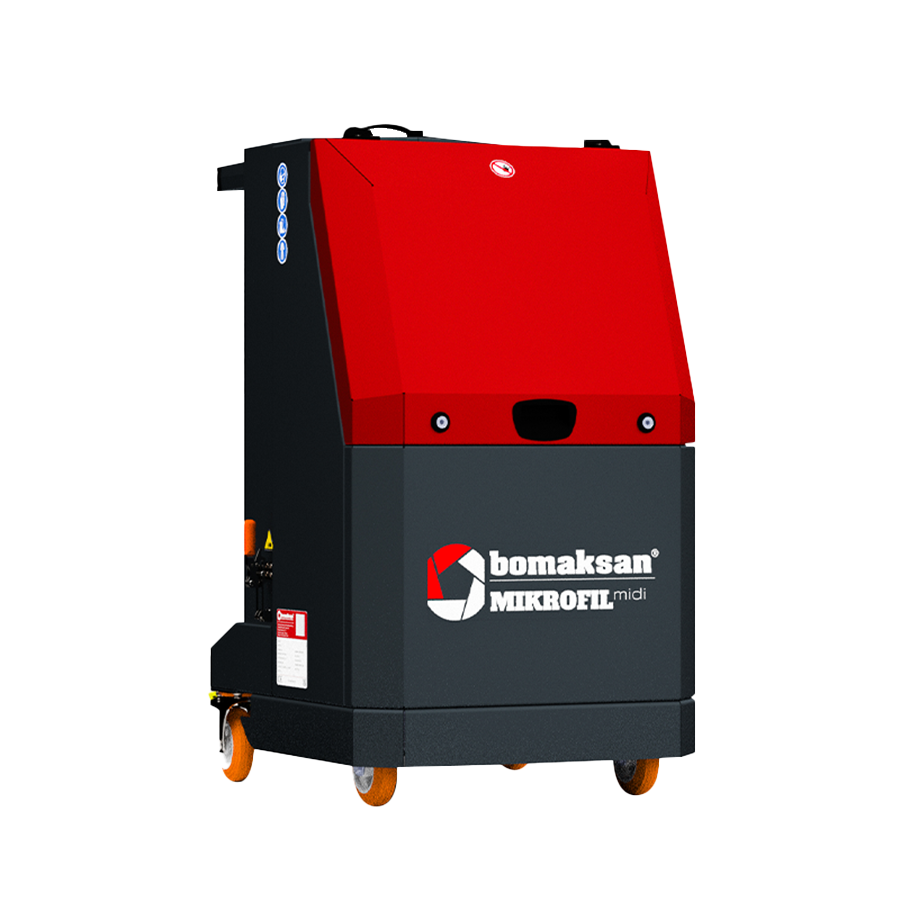Menu
Close
Cement
> Applications > Cement
Are You Looking For A Solution?
Bomaksan Clean Air Experts are here for you. Fill the request form now, get one step closer to the solution.
Table of Contents
Cement raw materials limestone and schist; It is removed from the quarry by using equipment such as backhoe loader, drilling, compressor and carrier with the blasting excavation method. After the size reduction process, the ground limestone and other raw materials are mixed in predetermined proportions. The mixture obtained is cooked in rotary kilns and takes the form of clinker. The semi-finished clinker, which is the main material of the cement, is mixed with other additives such as gypsum, trass, ash and iron according to the desired cement type and then grinded in the cement mill to obtain cement, which is a binder in powder form. The obtained cement is transported and stored to cement silos by means of a horizontal air belt and a vertical elevator. These stocks are packaged in the packaging unit or offered for sale in bulk.
WHIC PROCESS RELEASES DUST / FUME/ OIL MIST ?
Traditionally, dust emissions (PM) and dust emissions from kiln stacks in particular have been one of the most important environmental issues related to cement manufacturing. The main sources of dust emissions are the raw material preparation process (raw mills), grinding and drying units, the clinker firing process (kilns and clinker coolers), fuel preparation and cement grinding units (mills). The following ancillary processes in a cement plant lead to dust emissions regardless of waste use:
* crushing of raw materials
* raw material conveyors and elevators
* raw material and cement storage
* raw material, cement and coal grinding mills
* storage of fuels (petroleum coke, hard coal, lignite), and
* cement shipment (loading).
During all these processes, large amounts of gas flow from dusty materials. In cases such as crushing, grinding and shipping, light suction is applied on the equipment and these sources are normally equipped with bag filters.
The main equipment used for all these operations; Equipment used in raw material mines and crushers used in the factory are raw mills, rotary kilns, cement mills, conveyors and silos.
WHY DO YOU NEED A DUST COLLECTING SYSTEM?
Since cement is a dust-specific product, it is a mandatory material to use filtration systems during the production process in terms of both process filtration systems and environmental emission values.
Powders held in the ESP in the raw mill process are transported to the homogenization silo. Similarly, in the coal mill process (in processes using solid fuel rotary kilns), the coal dust held in the filter is used in the rotary kiln. The material, which becomes clinker after the rotary kiln, is used in a cooling filter system after the rotary kiln exit. Clinker material is transported by conveyor belts in the clinker stock hall for storage. For the final product cement production, the clinker is grinded with mineral components in the cement mill, while the filter system is used in the process.
WHAT TO CONSIDER WHEN CHOOSING THE RIGHT DUST COLLECTION SYSTEM?
When choosing a filter system in the cement sector, it is necessary to know the process to be used in the production phase. After the process is determined, determination of filtration flow rate, temperature, filtration material, gas ducts, transport of retained dust, etc. subjects should be determined in order.
Since the materials in cement production are corrosive materials, angled gas ducts should be used instead of straight ducts. Elbow to be used in gas ducts, etc. Basalt-coated channel materials should be used at points of change of direction.
In the cement sector, the filtration system supplier is requested to offer effective solutions to the dedusting problems of the customer, to have experience in the sector, and to provide trouble-free support in spare parts supply.
WHY BOMAKSAN?
Bomaksan, with its innovative corporate structure in industrial filtration systems, experienced staff in the sector, is a company that produces original solutions suitable for different processes, has strong references in the dedusting sector with its quality products and production structure.
The desired emission values in the cement sector can be easily reached with Bomaksan filtration systems. Along with engineering solutions for the solution of the dedusting problem, technical service and spare parts support are provided.
WHY BOMAKSAN?
Always With You On Your Way Of Excellence
As Bomaksan, we are aware of your desire to do your job perfectly. Excellence means both producing the best quality product, meeting the quality and deadline expectations of your customers and even exceeding them, creating a healthy and safe working environment and producing without harming the environment.
This is why your investment in Dedusting Systems and Clean Air is actually a direct investment you make to perfect your business.
- Reliable Partner With 35 Years Of Experience!
- ECO-Friendly Engineering Solutions.
- Solutions For Safe Working Environments
- Durable & Sustainable Solutions
Consult Our Clean Air Experts For A More Perfect Production Experience
You can leave your contact information for our Clean Air Experts to provide you with the best support.
You can leave your contact information for our Clean Air Experts to provide you with the best support.
We will try to answer you as soon as possible. In some cases, the response time may be 48 hours.
As a company, we know what we want and since we go with those demands, our supply-demand balance is well maintained. In this respect, Bomaksan is a signature brand. We found answers to all of our problems with need-oriented solutions and alternative approaches. Our satisfaction is always at the top as they do not compromise on fast service and product quality!
Mert EryılmazNETZSCH - Technical Manager 
A brand that always meets our expectations with its product quality. It has always been able to please us with the feedback and reactions towards our requests. Its place in the sector is always special with its engineering services and solution-oriented working principles!
Hakan KaplanTrakya Döküm - Assistant Business Engineer 
Communication and service quality is at the highest level in Bomaksan. Always a reliable and responsible company!
Yasin TeberLindsay Corporation - Maintanence Technician 
We would like to thank Bomaksan for not having any difficulties in communication with its timely service policy. We find answers to all our needs domestically, with the work they do globally!
Hüseyin MetinoğluAlbaksan A.Ş - Production Manager 
Bomaksan succeeded in making a difference in the sector with its equipment and product quality. We have always received the best service with their quick reactions to our demands. Fast, reliable and solution oriented.
Orhan KuzubaşPulver Kimya 
Bomaksan Dust Collection. It is an expert brand that has entered the production of Gas Treatment and Filtration devices and has managed to make a name for itself in the sector in a short time.
E-Newsletter Subscription
© 2017 - 2022 Bomaksan Industrial Air Filtration Systems. All Rights Reserved.

